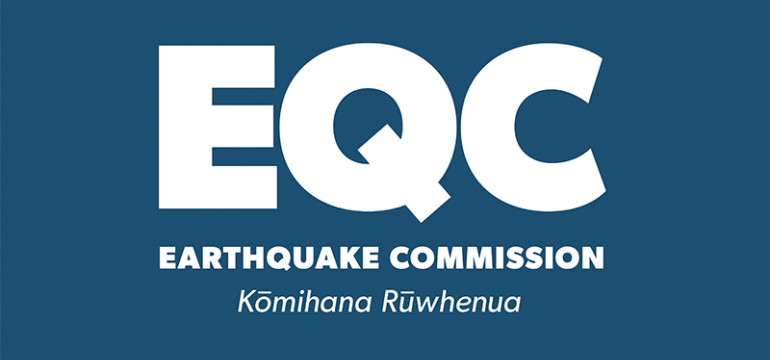EQC funds research on Auckland volcanic surges
Right now, if an eruption threatens in Auckland, up to 435,000 people might need to be evacuated causing huge disruption to industry, transport and people who have to leave their homes. But is this always the most effective solution?
The Earthquake Commission has funded Dr Stuart Mead from Massey University to lead a research project to answer the question as part of $1 million in new funding announced earlier this year.
“There’s a huge amount of research on how volcanoes behave. What we want to do is use that knowledge to get a more accurate understanding of the effect of an eruption in the Auckland volcanic field. The aim is to provide emergency managers with simple and clear information to support their decisions about how many people to evacuate if an eruption threatens,” says Dr Mead.
Dr Mead says the biggest life-risk from Auckland volcanoes is from the “surge” – a 200-600°C mixture of fragmented rock and gas travelling along the ground at around 200km per hour at the beginning of the eruption.
“The surge affects a smaller area than the ash fall, but inflicts a lot of damage. We compare it to a bomb blast. It’s vital to make sure that people are not in the surge area when an eruption happens. And we know from earlier research that most Auckland Volcanic Field eruptions have had a surge,” he says.
“Volcanoes usually give us signals when they are about to erupt, for instance there could be a series of earthquakes as the magma (hot molten rock) rises up through the earth’s crust.
“In Auckland, current planning means evacuating up to a 5 kilometre radius and that could be up to 435,000 people, though the plan also allows for a smaller or larger area to be evacuated if better information is available. When we look at research into the history of Auckland volcanoes, we see that some surges have been smaller than the 5 kilometre radius. Also, as the surge flows, it is affected by terrain such as hills, potentially changing the affected area.
“What we’re doing is taking the research that’s already been done on surges, and using computer modelling to get more accurate information about where a surge would travel and create damage. We are expecting to be able to better define surge damage zones, which could assist in both long-term and evacuation plans. Given the potential impact on people, industry, road and air travel and tourism, this information could be very useful.”
Dr Mead says that once the team has crunched the data, they will create a model for emergency managers. “We’ve got experts on our research team from computer science, statistics and volcanology.
“What we are aiming to show in the model is the likely effects of a surge, and our confidence level in the prediction, so that emergency managers can weigh up the situation and make the best decision,” he says.
EQC’s Science and Education Manager, Dr Richard Smith, says this is project is a great example of using scientific research for local action.
“Dr Mead and his team will make a very practical contribution to volcano risk management in New Zealand. Getting a better understanding of where and how far a volcanic surge is likely to travel will help Auckland’s emergency managers be more effective in managing evacuation,” says Dr Smith.
EQC funds $16 million of research annually to reduce the impact of natural disaster on people and property. This project is funded through EQC’s 2018 Biennial Research Grants.
